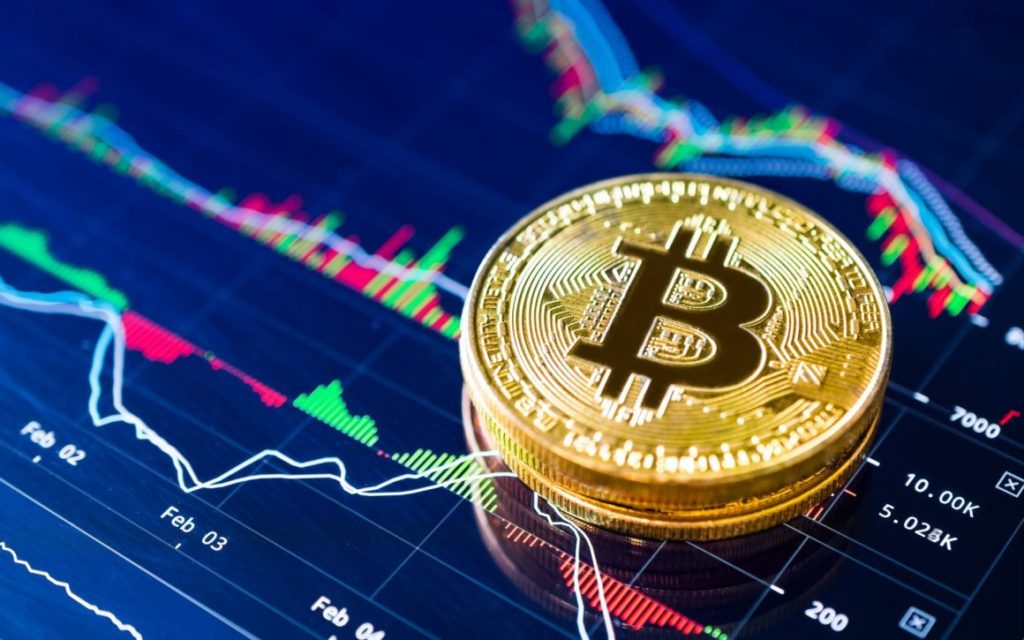
How you look at the market is just a matter of perspective. Based on this pattern, what are real traders and hodlers thinking about the market?
Orders blocked on exchanges waiting for the price of Bitcoin to rise
Well, according to data from Chainalysis Markets Intel, traders are sending Bitcoins to exchanges, but these Bitcoins are not present in the order books. This could mean that market participants are sending their cryptocurrency to exchanges such as Bitcoin Revolution, with the aim of selling it, but they haven't blocked it on orders yet.
Maybe they are waiting for the price to rise. Exchange intensity is based on comparing two types of exchange data: the number of Bitcoins in the order books versus the number of Bitcoins sent to the exchanges.
A high trade intensity value would mean that many BTC orders are placed on the exchange against a low amount of Bitcoin sent to exchanges, while a low intensity value would indicate otherwise.
As of press time, Bitcoin's average trade intensity is 2,13, the lowest level in a year. Chainalysis data also suggests that the number of Bitcoins sent to exchanges is high.
According to data from Chainalysis, there was a variation of +26,36 BTC held on exchanges which is not only positive, but above the 180-day average, and confirms that there is an increase in Bitcoin held on exchanges.
Bitcoin forecasts
Looking at this in the context of the currency price scenario could indicate where market participants expect the price to go in the coming days. Since a large number of Bitcoins are on exchanges but not yet sold or committed to sell orders, Bitcoin hodlers and traders expect the price to go up.
When the price rises, as exchange inflows are net positive, meaning more inflows than outflows, there could be a strong sell-off to lock in profits. Following this data, participants are waiting for a price hike to a better level to launch their sell orders and take profits.
However, this could also prove to be an obstacle during a substantial price increase. If the price pushes to $ 10.800 or $ 11.000, orders would be placed and BTC sold, some even at a lower price than the market price, creating a gap that could be bridged by lower orders and driving the price down.
Or when the price rises, traders could hold on to Bitcoins and take a bigger profit over time. There is no single answer and, again, it's all a matter of perspective.
